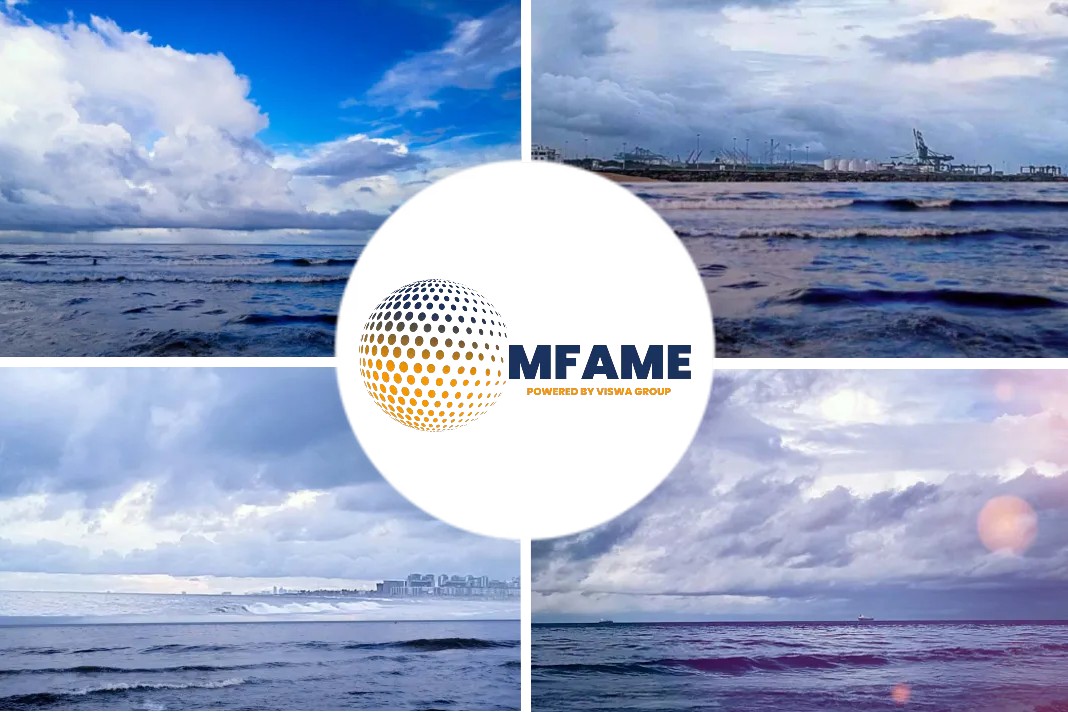Ship owners could see greater reliability and compliance with their exhaust cleaning service using Alfa Laval PureSOx scrubbers.
According to Dutch ship owner Spliethoff, which has twenty vessels fitted with Alfa Laval PureSOx U-design scrubbers, operational reliability been “very high”.
Roland Hoogeveen, Spliethoff’s technical support engineer, who oversaw the commissioning of PureSOx systems on twelve Spliethoff vessels in 2014, said: “The reliability has been very high. We’ve not had any major compliance issues.”
Diverse application
In 2012, Spliethoff, a specialist in dry cargo, retrofitted Alfa Laval PureSOx on the M/S Plyca, setting the record for the largest marine scrubber ever installed.
Today, Spliethoff has PureSOx systems on two different types of vessels. Six of them, including the M/S Plyca, are ConRo vessels. An additional fourteen are general cargo vessels, referred to by Spliethoff as S-types.
The ConRos are equipped with hybrid scrubber installations, which can operate either in open-loop mode with seawater or in closed-loop mode with circulation water and an alkaline additive. This is helpful because the vessels frequent ports in Belgium and Germany where no water discharge is allowed.
The S-types operate worldwide and spend considerable amounts of time on the open sea. Their scrubbers are open-loop systems, though at Spliethoff’s request they were installed “hybrid-ready”. This means that space and blind flanges were incorporated to allow later installation of a water cleaning unit, a circulation tank and the pumps needed for closed-loop operation.
Less physical impact
Improved installations since 2012 has meant less physical impact, said Mr Hoogeveen. “Naturally, the scrubber makes the funnel much larger,” he stated. “But now the circulation pumps are more or less integrated into the new funnel.”
The scrubbers have made ECA operation simpler. Mr Hoogeveen points out that operators only “push a button” rather than waiting several hours until a system is flushed for a new fuel type.
Mr Hoogeveen describes the routine maintenance as negligible and easy to plan. A handful of people – from the chief engineer to the third engineer – handle all of the active work with the system.
In terms of consumables and waste, Mr Hoogeveen said caustic soda for closed-loop operation is sourced where the vessels anchor in Finland, while the sludge from the water cleaning unit is deposited in St. Petersburg, where the vessels bunker fuel.
Demonstrating compliance to Port State Control is simple, said Mr Hoogeveen. This involves checking the Exhaust Gas Cleaning Record Book and Onboard Monitoring Manual (OMM).
Did you subscribe for our daily newsletter?
It’s Free! Click here to Subscribe!
Source: Alfa Laval

























